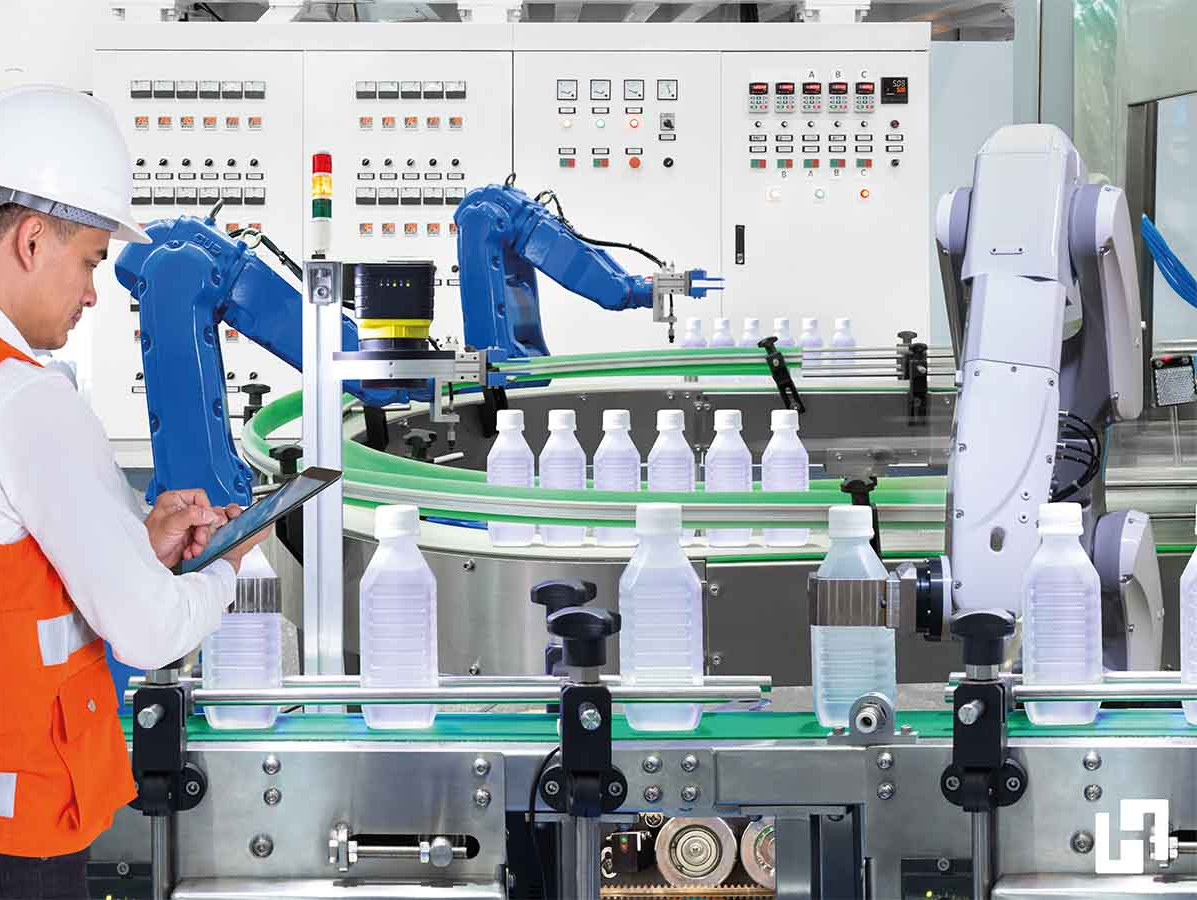
The first automata operated on water, steam and radar mechanisms. They were mainly used for entertainment; moving puppets, self-playing instruments or walking animals. Leonardo Da Vinci even built a complete mechanical knight as early as 1495. Among other things, this one could stand, sit and lift his visor. With the advent of electricity, a shift took place; mechanics were increasingly used to perform work rather than entertainment. Automata became powerful helpers, or robots, named after the protagonists in Karel Čapek's play R.U.R. (1920).
Contrary to expectations at the time, robots have not taken over the world, but have proved indispensable. They have become the replacements for the workers who performed boring, heavy and dangerous work. But they have also become the fillers of vacancies created by the ever-increasing shortage of workers.
Robots can work 24/7, are never sick and do not go on vacation. They don't complain about pay raises and don't make mistakes. Yet industrial robots and cobots need human supervision. The use of robotics enriches labor. Operators on the line are given a different role and can be more involved in the process than just the execution. Boring work is replaced by interesting supervision; long standing periods on the assembly line replaced by more challenging work.
The "robot knight" that Leonardo da Vinci built could already do a lot, but not think. Today's robots are increasingly equipped with artificial intelligence combined with vision. After a learning period, the robot is able to perform desired actions, with the robot itself determining the most ideal way to work. Whether that is picking different types of products or distinguishing between good or abnormal products; through machine learning, the robot knows what to do.
Source: Hellebrekers